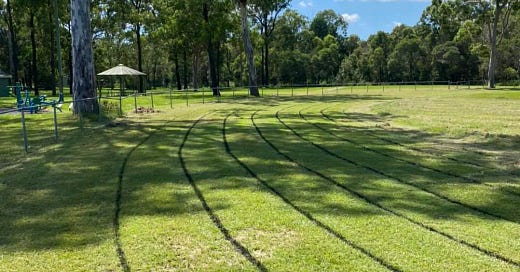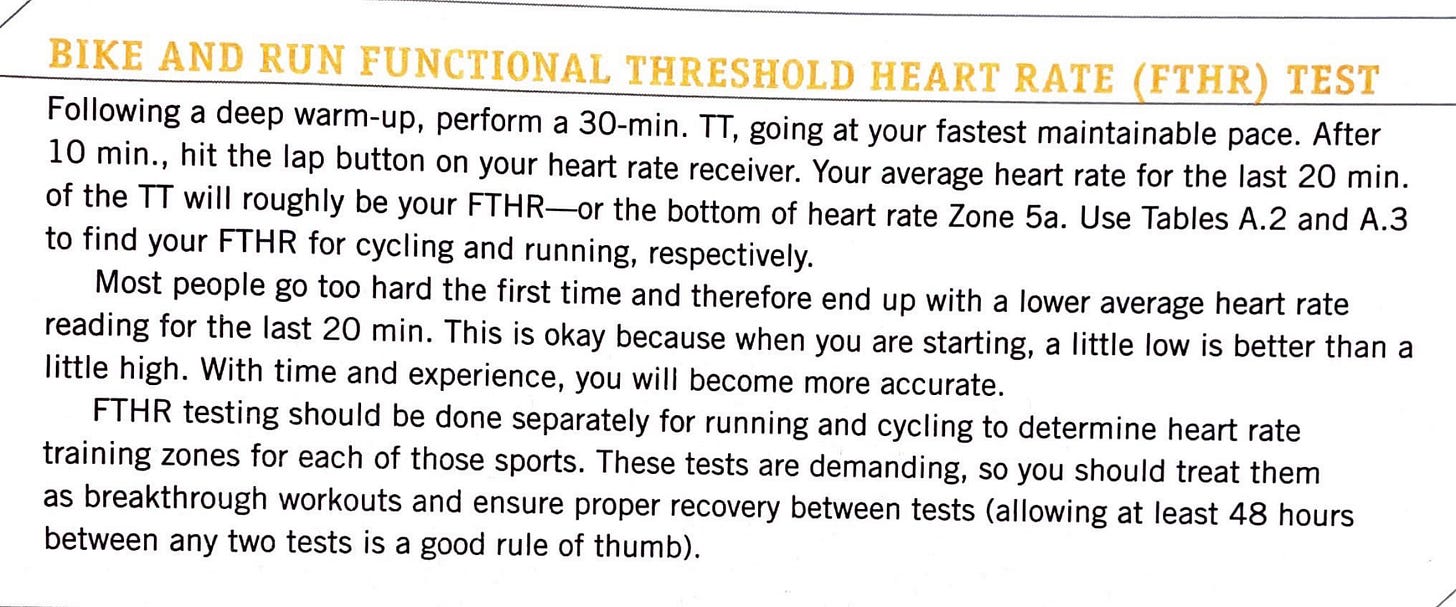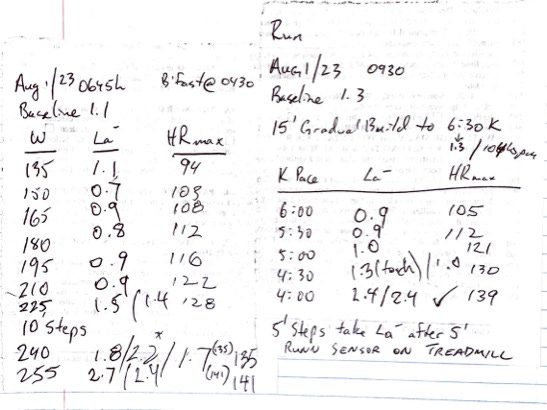In November 2000, three weeks after completing the Hawaii Ironman, it was time to start my season. I was in Queensland, Australia and made my way down to a local grass track. I laced up my shoes and proceeded to smash myself performing a 30-minute running time trial.
After three weeks off, the test produced unusual data. Unusual in the sense that my heart rate was well above what I expected to see.
Had I improved my fitness in the off-season?
A higher heart rate must be better, correct?
I’d raced five Ironman in the previous 15 months. I’d been under stress and recently travelled internationally. I didn’t think about any of that.
I figured… maybe the fitness from those races was kicking in.
Wrong, wrong, wrong.
Fortunately, I would soon meet John Hellemans & Scott Molina. They would teach me a better way.
Subjective Perception
Lactate Testing
Heart Rate, Pace & Power Caps
It can be tempting to schedule a lot of hard tests to start your year. This is a mistake. Today, I'll share a better approach to start, or restart, your season.1
Testing
The test I’d like you to perform is simple.
Ten minute steps.
Start extremely easy.
Step up pace, power or heart rate gradually.
Notice your breathing during each step.
Score each step with marks out of 5. Half points are permitted.
Stop the test once you hit a step that feels like a 3 out of 5 effort.
Ideally, you’ll be able to sample lactate in the final minute of each step as well as before you start.
You’ll end up with a data tables that looks something like the ones above.
If you’ve done Phase One of your off-season correctly then you should see you’ve lost some fitness.
Power/Pace at LT1 has declined.
Power/Pace vs Heart Rate has declined.
This is to be expected.
The greater our end of season fitness, the greater the decline we should expect to see. I have experienced declines of 40-50 watts in my LT1 & LT2 breakpoints.
Don’t panic.
Zones
If you don’t have access to lactate testing then apply a simple rule for your first month back…
Assume your zones have shifted down one level.
Meaning…
Summer Steady Pace & Power are now a Tempo Effort
Summer Tempo Effort is now a Red Zone effort
We’re going to talk about the psychological challenges of this reality in Part Two. If you have access to lactate testing, then you won’t have to trust me. You’ll see it in the data. The tables below show my numbers from two months earlier.
At season start up:
Heart Rate is 10-12 bpm higher for a given Power/Pace.
LT1 has declined 15-20%.
…and I was active across the four weeks of Phase One of my off-season.
Totally normal.
I highly recommend the lactate testing component. You will struggle to believe unless you actually see the data.
Application
The first mesocycle after your end of season break is about getting the body moving.
Endurance volume will feel very easy. Internally, the stress will be closer to Steady. Keep a lid on things.
Strength training will be in the Return Phase. You may be surprised at the fatigue that results from "going light.”
After a month, it will be time for another round of testing. If you feel up to it then it is good time to get a full profile.
If you have reliable testing data from last season then repeat the protocol that you’ve used previously.
My favorite test formats:
Spread the tests across the month that follows. You could place one to start each microcycle.
You’ll end up with:
Phase One Off-Season Month (very light)2
Phase-Two Off-Season Month (get moving)
Benchmark Month (gather data)
It’s going to seem like you’re holding back “forever.”
We will talk about that next time.
Back to Table of Contents
Illness, injury and burnout are the most common reasons for an extended break. Remove the choices that lead to inconsistency.
This is my application of the two-phase off-season that Alan Couzens wrote up here.







